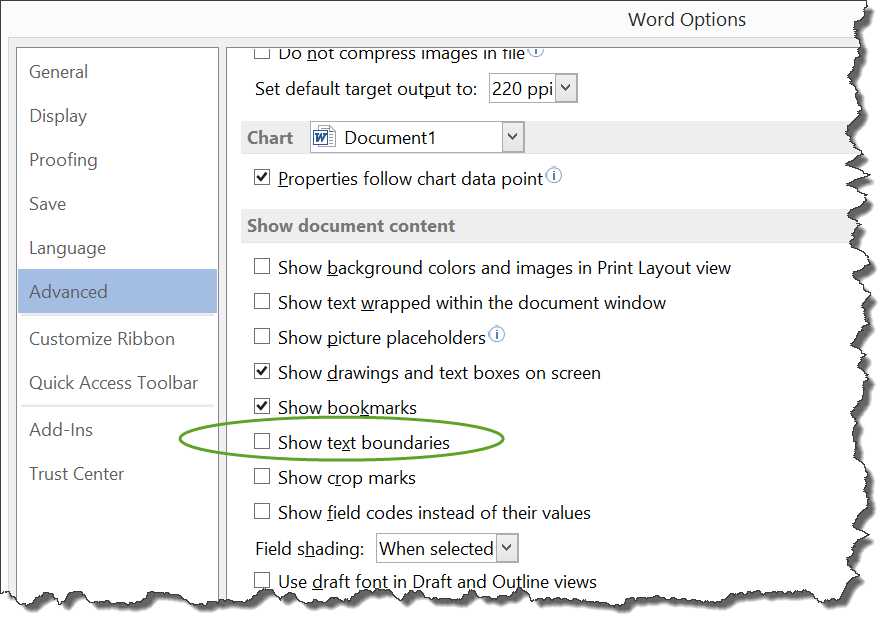


To type an em dash, just press the compose key and then the hyphen key three times. The compose key is easy to use, once set up.

#TURN OFF EM DASH ON WORD 2007 WINDOWS#
In this case, the left windows key is the compose key. In Xfce (or Xubuntu or whatever), you can set up a script and set it to start up with your machine, with this content, which will enable it: In Debian and Ubuntu with GTK 2, go to keyboard, layouts, and enable the compose key. Then type in the Unicode hexadecimal value for whatever Unicode character you want, and it will appear.Īn easier and faster way to do common special characters (not every single Unicode character) is to set up your compose key. In some distributions you can hold ctrl and shift and press u while you do that. In the “Replace with” field, enter \1–\2 (note that that’s an en dash, not a hyphen).įor those Linux users out there, there are lots of ways to enter en dashes and em dashes.In the “Find what” field, enter ()-().So I went to Google and found my answer in just a minute or two. I knew there had to be a way to do it, but I couldn’t figure it out. I tried to use the special digit character, ^#, and came up with a query like find ^#-^# and replace it with ^#–^#, but this didn’t work because ^# is not valid in the replace field. What we want to do is find any single digit followed by a hyphen followed by another single digit and replace the hyphen with an en dash, leaving the digits unchanged. So this is as least doable, though still not ideal.įortunately, there is a better solution than any of these. That would make only 10 find-and-replace queries. Another option would be to set up a query to find 0-0 and replace it with 0–0, then 0-1 with 0–1 and so forth, but that would require 100 different searches and probably take longer than the previous method! The previous method could probably be simplified by dropping the second digit since there aren’t likely to be any instances when you’d have a digit followed by a hyphen not followed by another digit. But this could be time consuming on a large document like a dissertation. :) Alternatively, you could run that query but, instead of replacing them all at once, replace one at a time only the ones that appear between digits. But you don’t want to do this, since hyphens in hyphenated words are correct. If you’re diligent and use the en dash faithfully, you will undoubtedly get a rogue hyphen in there somewhere if you do any copying and pasting from the internet or other documents that don’t consistently use the correct character.Ī simple find and replace (- for –) would do the trick-if you wanted to replace all hyphens with en dashes. Even if you’re committed to using en dashes between digits, hyphens are a tad easier to type, 1 making a find and replace necessary at some point. Though most people don’t know (or care when told), the correct character to use for a range of numbers is the en dash (–), not the hyphen (-).


 0 kommentar(er)
0 kommentar(er)
